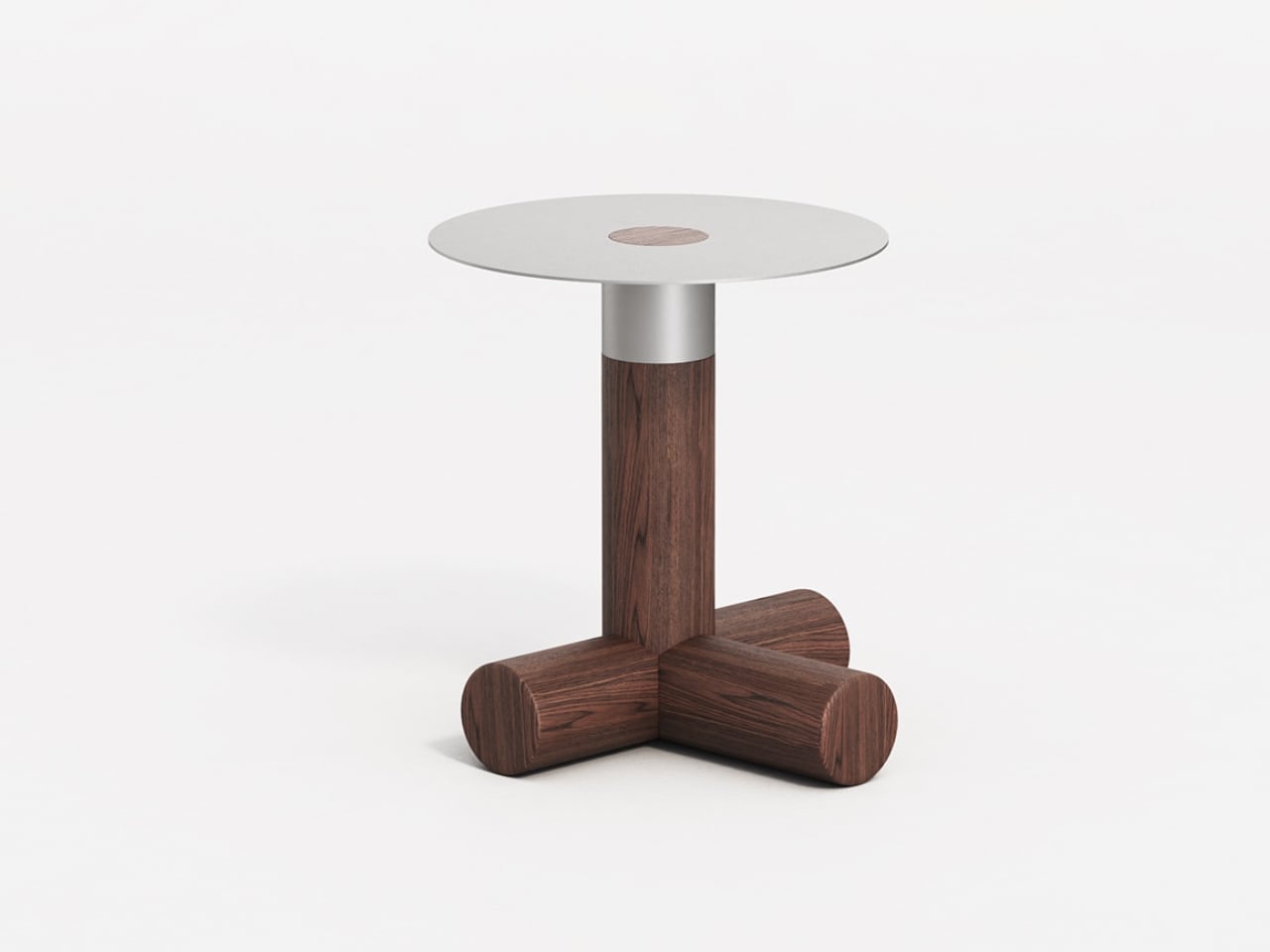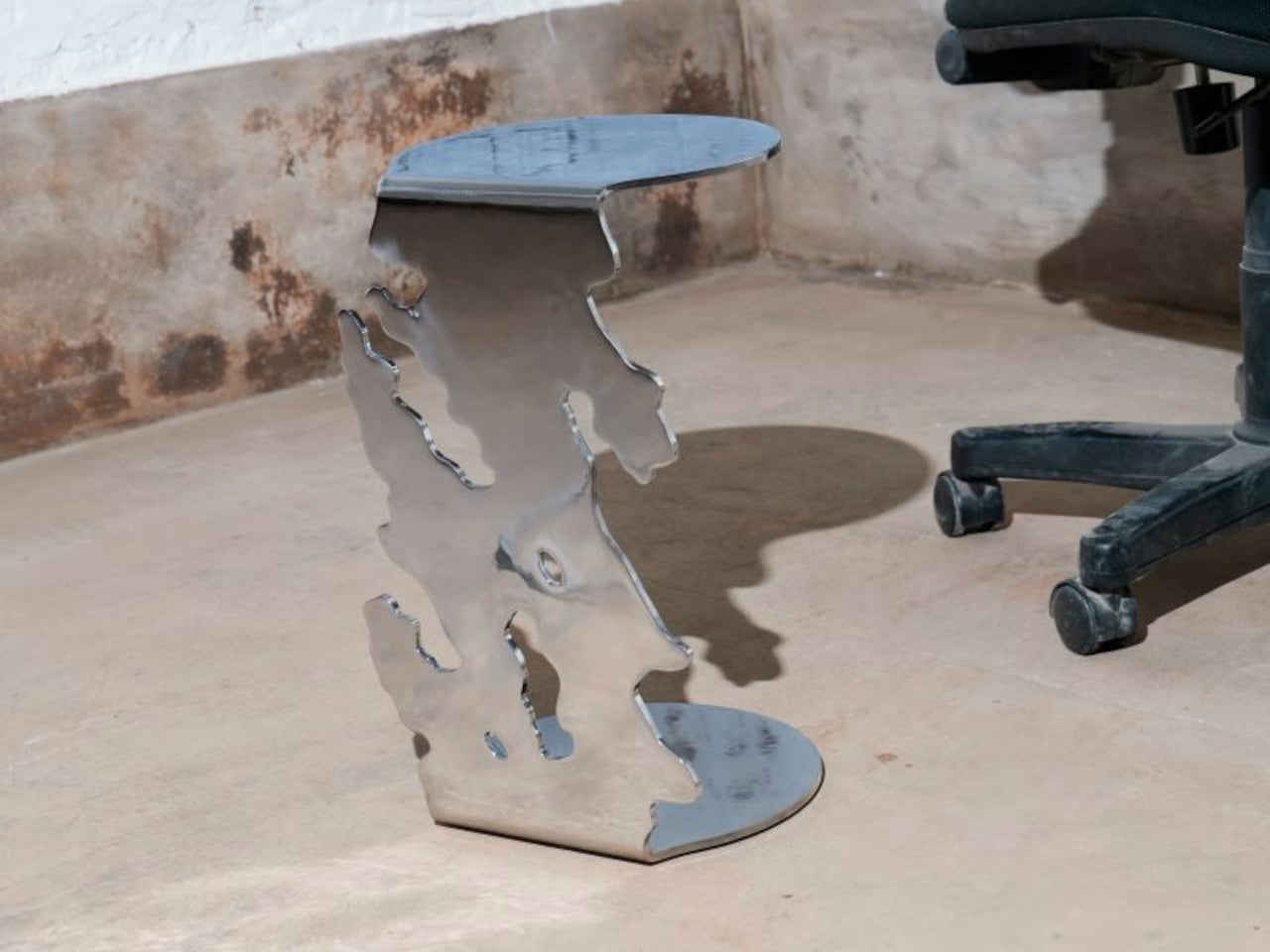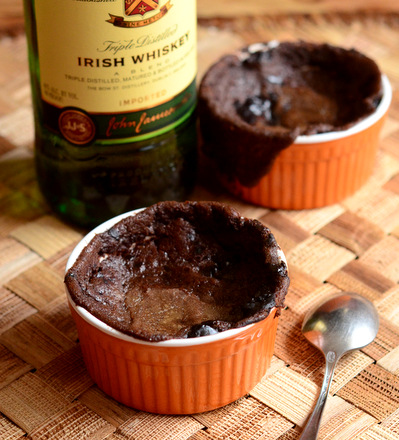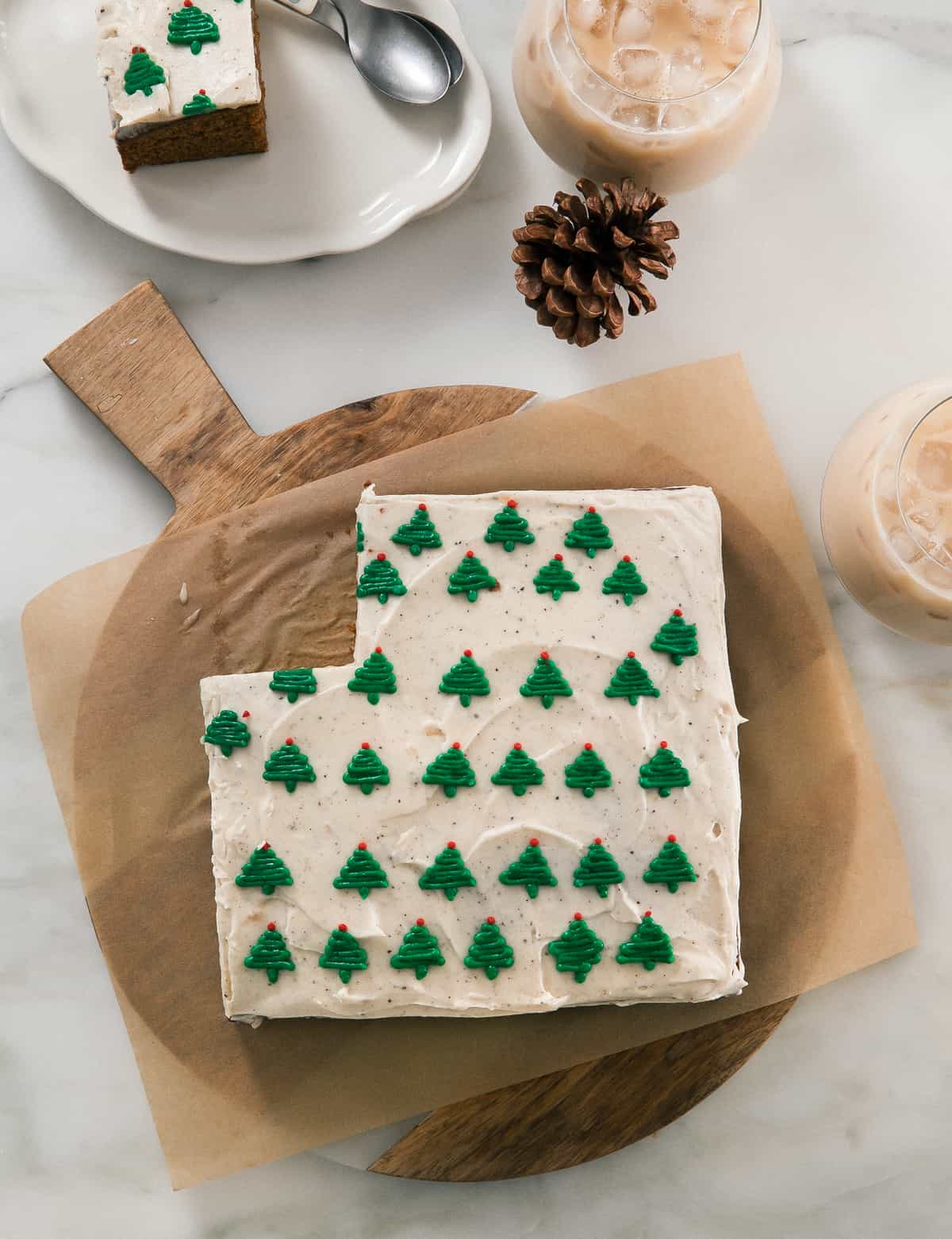Galette des rois
Starting in late December, pastry shops in Paris start jumping the gun, and windows and showcases begin filling up with Galettes des rois, or King Cake, in anticipation of the celebration of Epiphany, on January 6th. Because it’s such a popular treat, and lucrative for bakeries, the period of availability seems to extend a few more days every year and it’s not unusual for find...
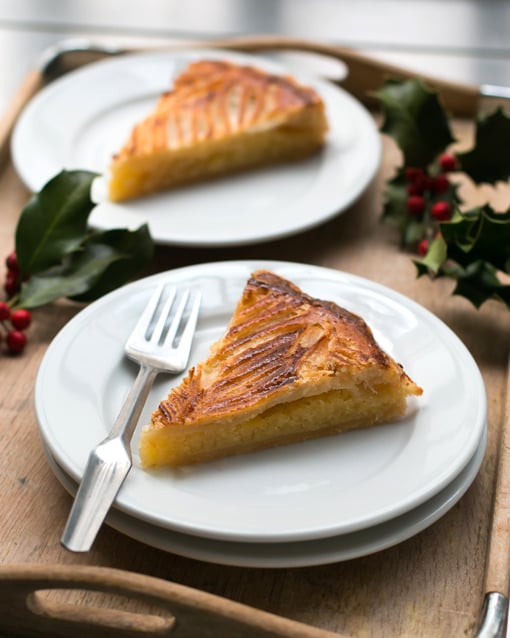
Starting in late December, pastry shops in Paris start jumping the gun, and windows and showcases begin filling up with Galettes des rois, or King Cake, in anticipation of the celebration of Epiphany, on January 6th.
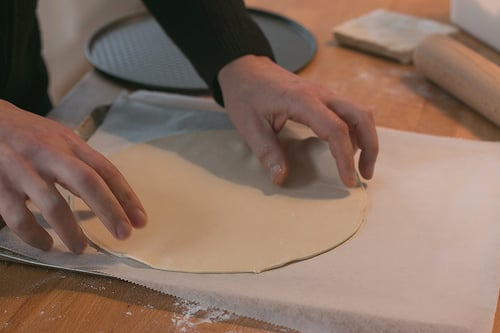
Because it’s such a popular treat, and lucrative for bakeries, the period of availability seems to extend a few more days every year and it’s not unusual for find bakeries peddling them until the end of the month of January. It’s hard to blame them (and those of us who buy them) because they’re so good. Years ago, I used to bake them when I worked in restaurants, and they’re called Pithiviers, named for the town in the Loiret (south of Paris) where they allegedly originated.
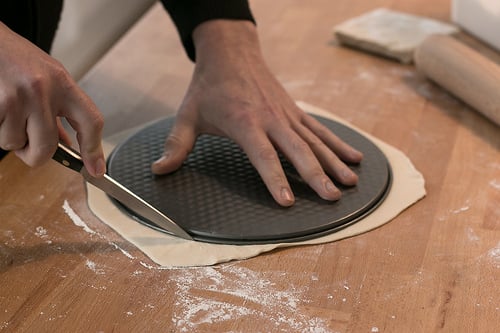
There are two kinds of King Cakes in France; one is layers of puff pastry filled with almond cream, and the other is a circular yeasted cake, more popular in the south of France, festooned with colorful, sticky candied fruit. Although the ones from the south look more festive, there’s something appealing about munching on flaky, buttery puff pastry with a layer of crème d’amandes stuffed inside. (Some use almond cream enriched with a bit of pastry cream, which is easier if you have a bakery, where pastry cream is often on hand.) The good thing about making your own is that you can dial up the almond filling. Plus every year, in addition to extending the period of availability, prices seem to nudge up and I’ve seen some jaw-dropping prices in bakery windows.
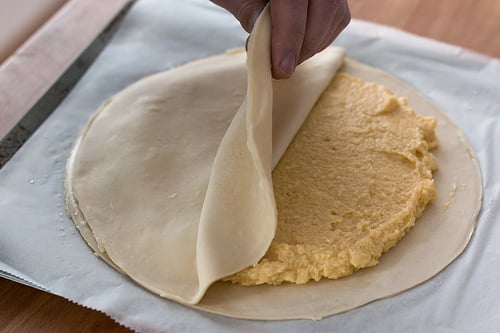
On the other hand, some bakers get creative and use hazelnut or pistachio flour instead of almond, or perfume their galettes with rose, candied kumquats, and even chocolate. Taking liberties with tradition is a tricky thing in France as it’s not always a good idea to mess with a good thing, but it is tradition to bake a fève (bean) into the tart and whoever gets the bean (preferably a child – and crafty parents have learned to cut around the pieces to make sure a kid gets the trinket!) gets to be the roi (king) for the day and wear a gilded paper crown that bakeries often give with the galettes.
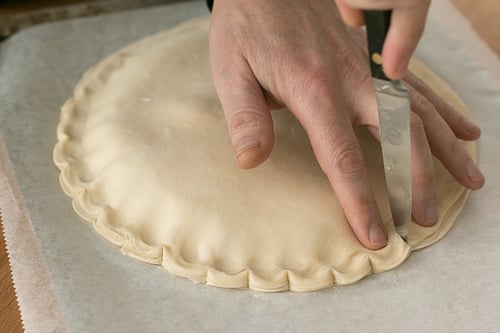
Nowadays les fèves come in all shapes, sizes, and materials. Cartoon characters are popular in France, as are French historical or religious figures. And upscale bakeries like Pierre Hermé, Ladurée, and Aoki, have annual fèves that change. Not only is it fun to see them, but some have become quite collectible.
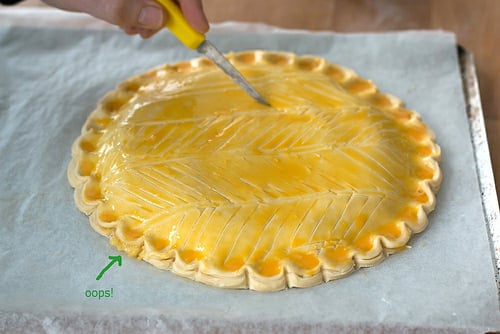
Elsewhere, it isn’t considered a wise idea (ie: hiding things in baked goods) that can be dangerous to young folks if swallowed, so if you want to join the tradition and add a fève, you should be more prudent and use a whole almond or a piece of dried fruit instead. Because who doesn’t want to be king for a day?
(Even those of us who don’t completely enclose all of the filling!)

Galette des rois
Ingredients
Almond Filling
- 1 cup (100g) almond flour
- 1/2 cup (100g) sugar
- pinch salt
- zest of 1/2 orange unsprayed
- 3 1/2 ounces (100g, 7 tablespoons)) unsalted butter cubed, at room temperature
- 2 large eggs at room temperature
- 2 teaspoons rum
- 1/8 teaspoon almond extract
- 1 pound (450g) puff pastry divided in two pieces, chilled
- a whole piece of almond or candied fruit to be the fève
Glaze
- 1 egg yolk
- 1 teaspoon milk
Instructions
- To make the almond filling, in a medium bowl, or in the bowl of a stand mixer, combine the almond flour, sugar, salt, and orange zest. Mash in the butter until it’s completely incorporated. Stir in the eggs one at a time, along with the rum and almond extract. (The mixture may not look completely smooth, which is normal.) Cover and chill.
- Line a baking sheet with parchment paper. On lightly floured surface, roll one piece of puff pastry into a circle about 9 1/2-inches (23cm) round. Using a pot lid, plate, or bottom of springform pan as a template, trim the dough into neat circle. Place the dough on the baking sheet.
- Cover it with a sheet of parchment paper or plastic film, then roll the other piece of dough into a circle, trim it, and lay it on top. Chill the dough for thirty minutes.
- Remove the dough and almond filling from the refrigerator. Slide the second circle of dough and parchment or plastic from pan so that there is only one circle of dough on the parchment lined baking sheet. Spread the almond filling over the center of the dough, leaving a 1-inch (3cm) exposed border. Place an almond or piece of candied fruit to act as the fève (prize) somewhere in the almond filling, if you wish.
- Brush water generously around the exposed perimeter of the dough then place the other circle of dough on top of the galette and press down to seal the edges very well. (At this point, you may wish to chill the galette since it’ll be a bit easier to finish and decorate, although it’s not necessary. It can be refrigerated overnight at this point, if you wish.)
- To bake the galette, preheat the oven to 375ºF (180ºC.) Flute the sides of the dough (as shown in the photo) and use a paring knife to create a design on top. Stir together the egg yolk with the milk and brush it evenly over the top – avoid getting the glaze on the sides, which will inhibit the pastry from rising at the edges. Use a paring knife to poke 5 holes in the top, to allow steam escape while baking.
- Bake for 30 minutes, or until the galette is browned on top and up the sides. (During baking, if the galette puffs up too dramatically in the oven, you may want to poke it once or twice again with a paring knife to release the steam.) Remove from the oven and slide the galette off the baking sheet and onto a cooling rack. The galette will deflate as it cools, which is normal. Serve warm or at room temperature.




































/cdn.vox-cdn.com/uploads/chorus_asset/file/24435316/STK150_Bing_AI_Chatbot_02.jpg)










![United Passenger’s Upgrade Mishap Sparks Seat Loss—Here’s the Critical Step to Avoid It [Roundup]](https://viewfromthewing.com/wp-content/uploads/2018/09/20170607_112204.jpg?#)








